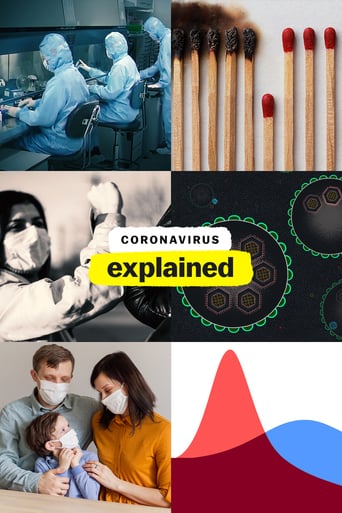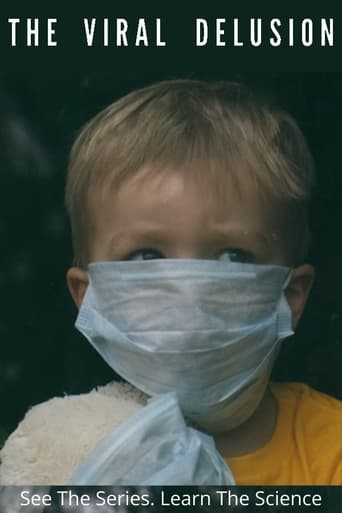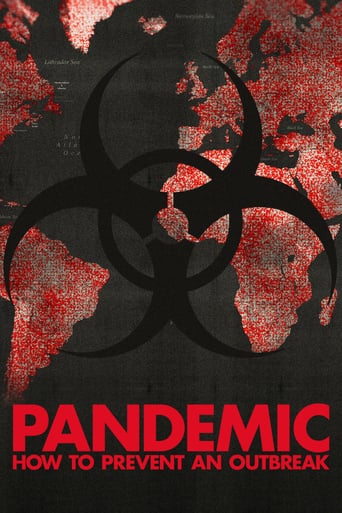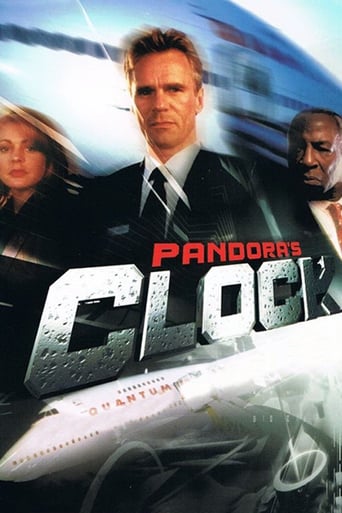Virus (1960)
Virus
1960
From KQED in San Francisco and the Virus Laboratory of the University of California, Berkeley, comes a distinguished series of eight half-hour programs on the nature of the virus. Prepared using a National Science Foundation grant, the series is designed to explain to the viewer some of the basic facts about viruses, those structures so essential to life and health, facts which for the most part have only been discovered in the past twenty-five years. Drawing on advanced scientific techniques such as microcinematography, electron microscopy and freeze drying, as well as on animation, large-scale models and drawings, the programs combine lectures with demonstrations to give the viewer an extremely vivid picture of this complicated topic. Particularly emphasized are facts about the virus' relation to bacterial disease, to polio, and to cancer, and new information about viruses which may not yet be generally known to students of biology or to the non-scientific public.
Seasons & Episode

Shows how various viruses fit between the largest non-living molecule and the smallest unit of life. Uses models to explain the organization of various kinds of molecules and viruses. Reviews the first experiment in which a virus was isolated, purified, and crystallized. Concludes with a discussion on the importance of viruses in the understanding of all living matter.

Presents an analysis of the structure of viruses and how they are studied. Shows and explains how an electron microscope works. Uses film clips of experiments to demonstrate the cultivation, isolation, and purification of viruses. Concludes with a discussion of the differences between viruses.

Explains how a virus destroys cells. Uses animated films and microcinematography to show how a virus enters a cell, stops its normal functions, and reproduces more viruses. Tells how the new viruses are made and describes their method of escape to infect other cells. Concludes with a discussion of possible methods of controlling viral diseases.

Discuses virus diseases. Reviews the known viral diseases and the development of vaccination. Explains how a polio virus attacks a cell. Analyzes the activity of viruses, which cause cancer in animal cells. Demonstrates how virus cultures can be grown and used for inoculation. Concludes by discussing cures for viral diseases.

Discusses the relationship between viruses and cancer. Explains how viruses can cause cancers in animals and why it is believed they may be responsible for cancer in humans. Concludes by summarizing the important known facts about viruses. Indicates directions which future research in virology might take.
From KQED in San Francisco and the Virus Laboratory of the University of California, Berkeley, comes a distinguished series of eight half-hour programs on the nature of the virus. Prepared using a National Science Foundation grant, the series is designed to explain to the viewer some of the basic facts about viruses, those structures so essential to life and health, facts which for the most part have only been discovered in the past twenty-five years. Drawing on advanced scientific techniques such as microcinematography, electron microscopy and freeze drying, as well as on animation, large-scale models and drawings, the programs combine lectures with demonstrations to give the viewer an extremely vivid picture of this complicated topic. Particularly emphasized are facts about the virus' relation to bacterial disease, to polio, and to cancer, and new information about viruses which may not yet be generally known to students of biology or to the non-scientific public.
Watch Trailer
Free Trial Channels































